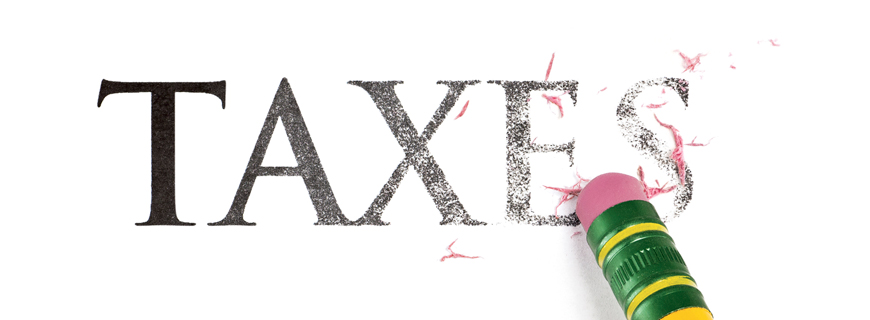If you own a house, you need homeowners insurance. If you have dependents, you need life insurance. And if you own a car, you need automobile insurance. Understanding auto insurance is the first step towards ensuring that you have the right coverage at the best price.
The cost of your individual coverage depends on many factors – factors that the insurance company calls risks. The lower risk you represent to the insurer, the lower your insurance will cost. The cost of your insurance will be impacted significantly by the type of car or truck you buy. Some of the factors that affect your risk include:
- Safety features on your vehicle
- Crash test results for your vehicle
- Average repair cost for your vehicle
- How many miles you drive each month
- If in school, your grade-point-average (some companies give discounts to better students)
- Your age (younger and very old driver statistically have more accidents)
- Your gender (males typically have more accidents than females)
- Your geographic location (premiums will be higher areas of where theft and accidents are more common)
- Your driving record
- Your marital status (married drivers typically pay less)
- How you use your vehicle
- The make and model of your vehicle (sportier and the most-stolen models carry higher premiums)
- Your claim history
Reducing the Cost of Your Auto Insurance
You can often significantly reduce your auto insurance coverage costs by taking advantage of discounts offered by insurers. Discounts are available to drivers who seem like better risks to insurance companies. Look for the following types of discounts when pricing your insurance needs:
- Insure all your vehicles with the same insurance company
- Insure your home and car with the same insurer
- Consider purchasing your life insurance coverage and car insurance from the same company
- Take a driver’s education course
- If a student, meet your insurance company’s minimum GPA standards
- Buy a car with safety equipment like air bags, automatic seat belts, and antilock brakes, as well as built-in antitheft devices.
- Invest in antitheft devices if the vehicle doesn’t already have them.
- Keep your mileage low (the less you drive, the less risk you have of being in an accident
- Drive safely (a good driving record is your most valuable cost cutting opportunity)
Coverage Options
Many features of your auto insurance coverage will be based on your state of residence, but many are the same across state lines. Here are a few coverage options you will have to consider:
- Liability Insurance: This coverage protects the owner against losses from legal liability arising from bodily injury or property damages caused by an accident. This coverage can be in one single amount for each accident, or it can be broken down and “split” such as $50,000 / $100,000 / $25,000 (per person / per accident / per property damage).
- Medical payment coverage: This provision covers medical and/or funeral expenses incurred though bodily injury resulting from an auto accident. The coverage is generally $5,000 to $10,000 per person per accident.
- Physical Damage Coverage: This helps to cover the physical damage to the insured auto. Collision covers collision costs. Comprehensive covers losses from non-collision incidences. Some examples of this would be theft or storm damage. Policy limits for physical damage are generally based on the value of the insured automobile and are typically limited to the lesser of repair cost or actual cash value.
- Uninsured/Underinsured Motorist: Although most states require car owners to have insurance, some motorists do not. Uninsured motorist coverage pays for injuries sustained in an accident with an uninsured (or hit and run) driver. Uninsured motorist insurance covers the difference between actual losses sustained and what an insured can collect from an at-fault driver, up to policy limits.
Endorsements Enhance Protection
In addition to standard coverages, you may want to consider additional coverages called endorsements. Two of the most common are:
- Extended Liability: This insurance is used to cover automobiles that are not legally owned by the insured, such as an auto owned by the employer but furnished for the use of the insured, which would not generally be insured.
- Miscellaneous Type Vehicle Endorsement: This insurance allows other vehicles to be covered such as motorcycles, campers, golf carts, snowmobiles, etc.
Other Considerations
When purchasing auto insurance or in reviewing your existing policies, keep these basic guidelines in mind. Make sure the policy provides as much protection as is necessary. Know the maximum dollar amount the insurance company will pay. Be aware of your deductible amount, which is the amount you must pay before your insurance company will pay anything. Know what your responsibilities are if an accident occurs. And above all, drive safely and defensively!




















